A medical breakthrough that could save lives.


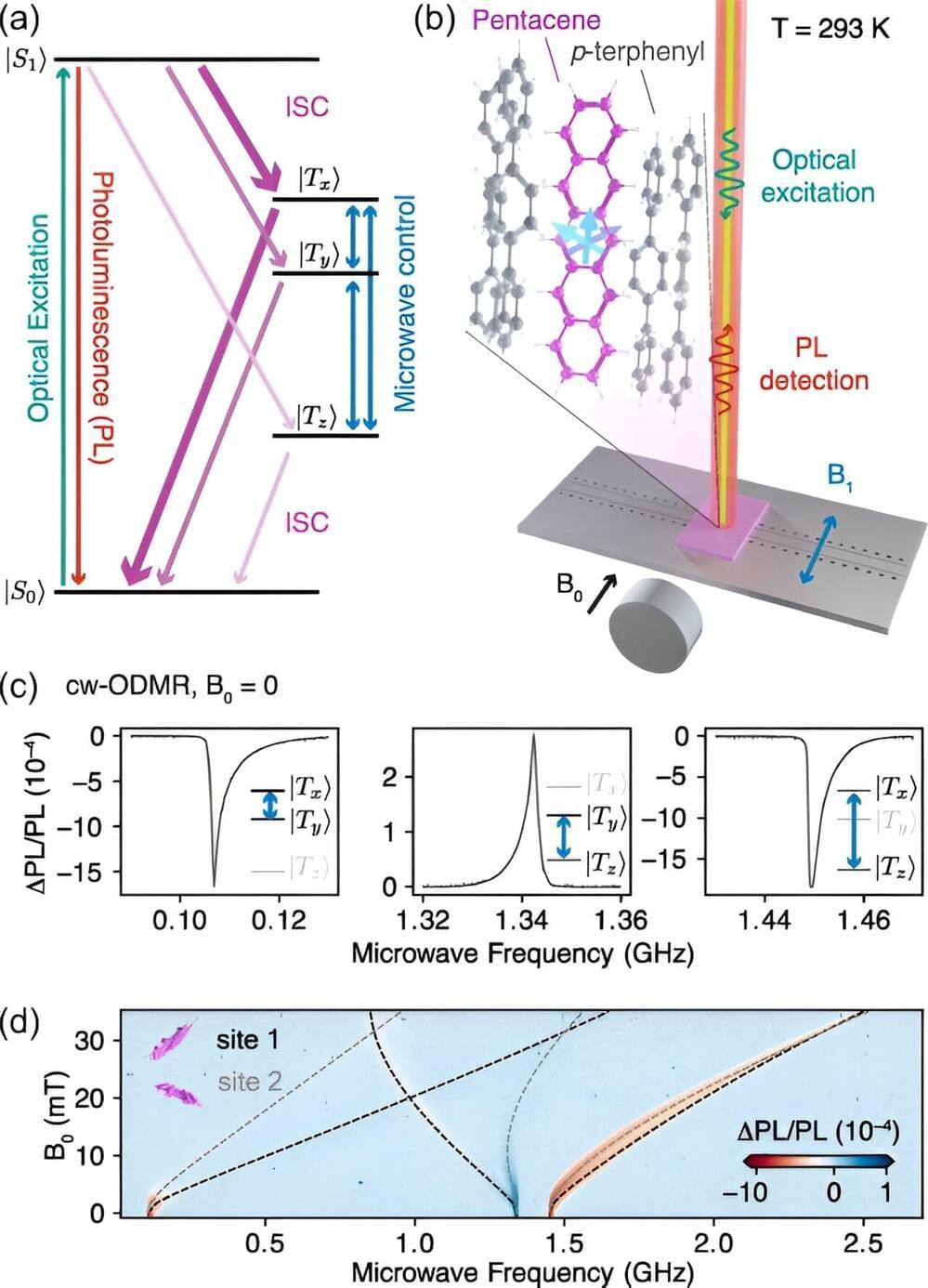

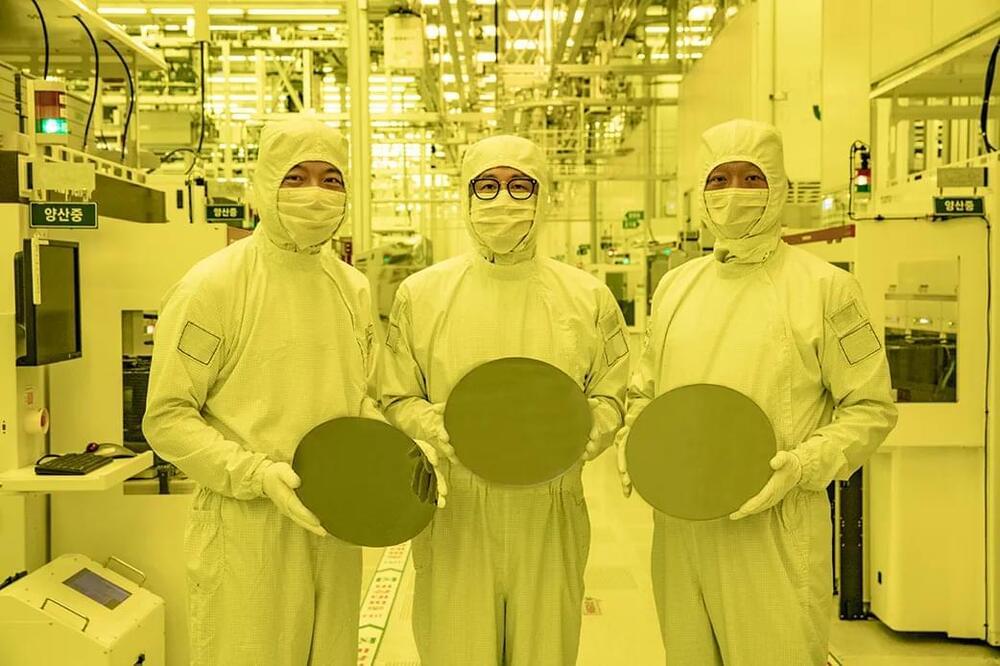
Samsung Foundry has reportedly secured a major 2nm customer, the US AI chip firm Ambarella, as the Korean giant seeks to gain market dominance.
Samsung’s 2nm GAA Process Faces Yield Issues, Yet The Firm Still Has Massive Attention From The Markets
Samsung is currently navigating its way through the semiconductor industry since the firm’s foundry division hasn’t witnessed a “conclusive” breakthrough yet, especially for its higher-end processes. To add further confusion to the matter, reports state the Samsung hasn’t managed to achieve “industry-standard” yield rates with its processes, notably the 3nm GAA, which goes to show that the Korean giant is experiencing a hard time in the markets. However, The Elec now reports that Samsung Foundry has secured a 2nm client, the renowned US semiconductor design company Ambarella.
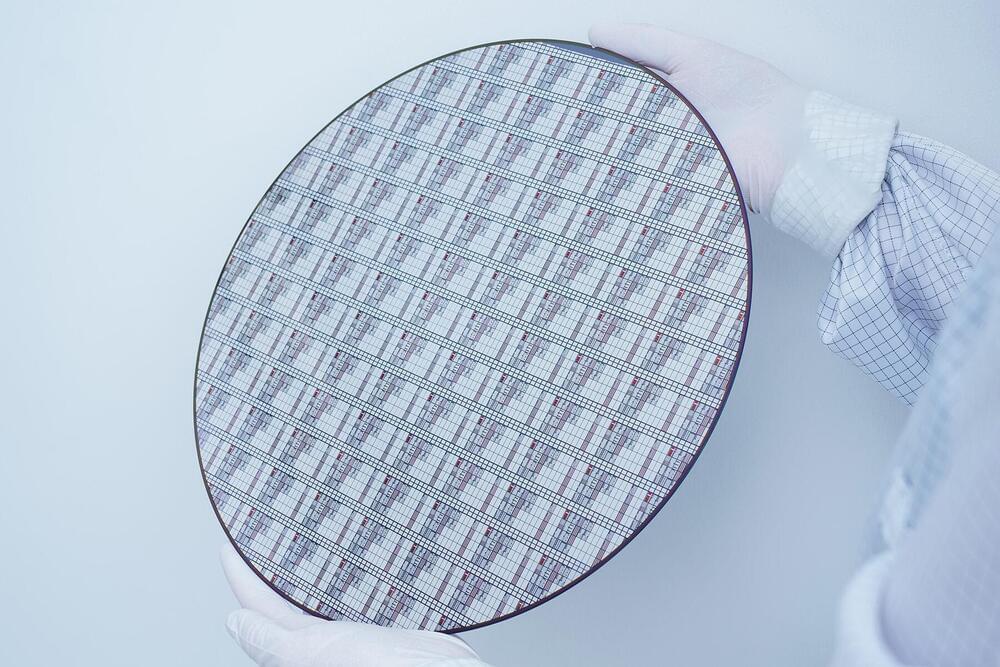
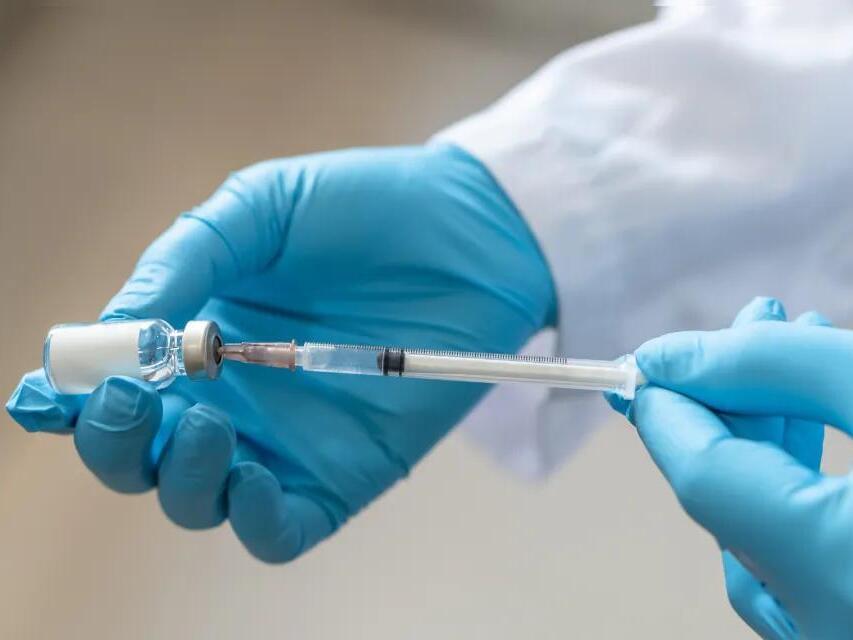
A GROUNDBREAKING cancer vaccine could stop tumours growing in patients with advanced disease, researchers say.
Designed to prime the body to recognise and fight cancer cells, the jab could stimulate the immune system to help treat the disease more effectively, early trial results show.
Researchers described the results as “an important first step” in developing a new treatment for people with advanced cancers.

The first statistically significant results are in: not only can Large Language Model (LLM) AIs generate new expert-level scientific research ideas, but their ideas are more original and exciting than the best of ours – as judged by human experts.
Recent breakthroughs in large language models (LLMs) have excited researchers about the potential to revolutionize scientific discovery, with models like ChatGPT and Anthropic’s Claude showing an ability to autonomously generate and validate new research ideas.
This, of course, was one of the many things most people assumed AIs could never take over from humans; the ability to generate new knowledge and make new scientific discoveries, as opposed to stitching together existing knowledge from their training data.

ChatGPT maker OpenAI is rumored to be imminently releasing a brand-new AI model, internally dubbed “Strawberry,” that has a “human-like” ability to reason.
As Bloomberg reports, a person familiar with the project says it could be released as soon as this week.
We’ve seen rumors surrounding an OpenAI model capable of reasoning swirl for many months now. In November, Reuters and The Information reported that the company was working on a shadowy project called Q — pronounced Q-Star — which was alleged to represent a breakthrough in OpenAI’s efforts to realize artificial general intelligence, the theoretical point at which an AI could outperform a human.
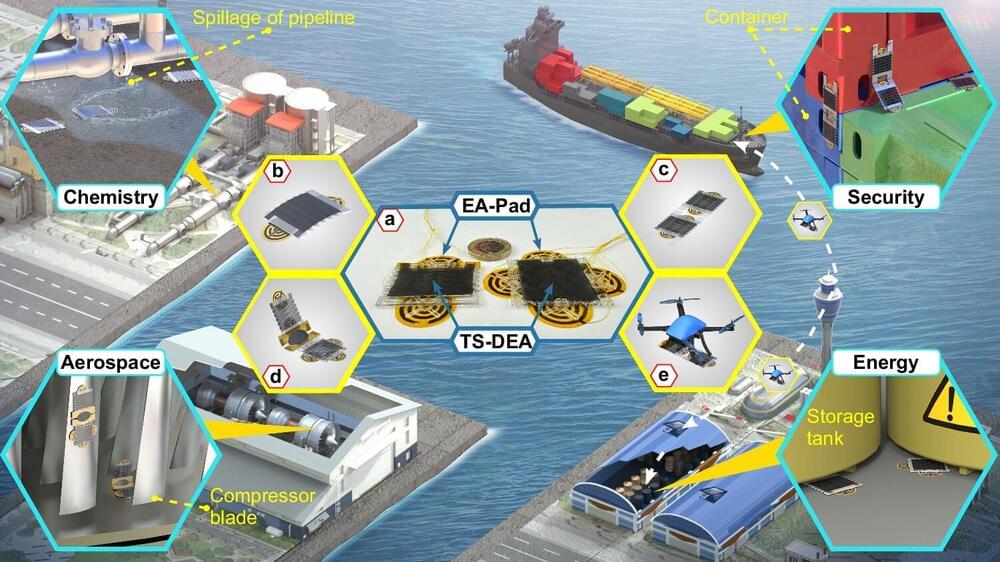
Researchers at Rolls-Royce University Technology Centre (UTC) in Manufacturing and On-Wing Technology at the University of Nottingham have developed ultra-thin soft robots, designed for exploring narrow spaces in challenging built environments. The research is published in the journal Nature Communications.
These advanced robots, featuring multimodal locomotion capabilities, are set to transform the way industries, such as power plants, bridges and aero engines, conduct inspections and maintenance.
The innovative robots, known as Thin Soft Robots (TS-Robots), boast a thin thickness of just 1.7mm, enabling them to access and navigate in confined spaces, such as millimeter-wide gaps beneath doors or within complex machinery.
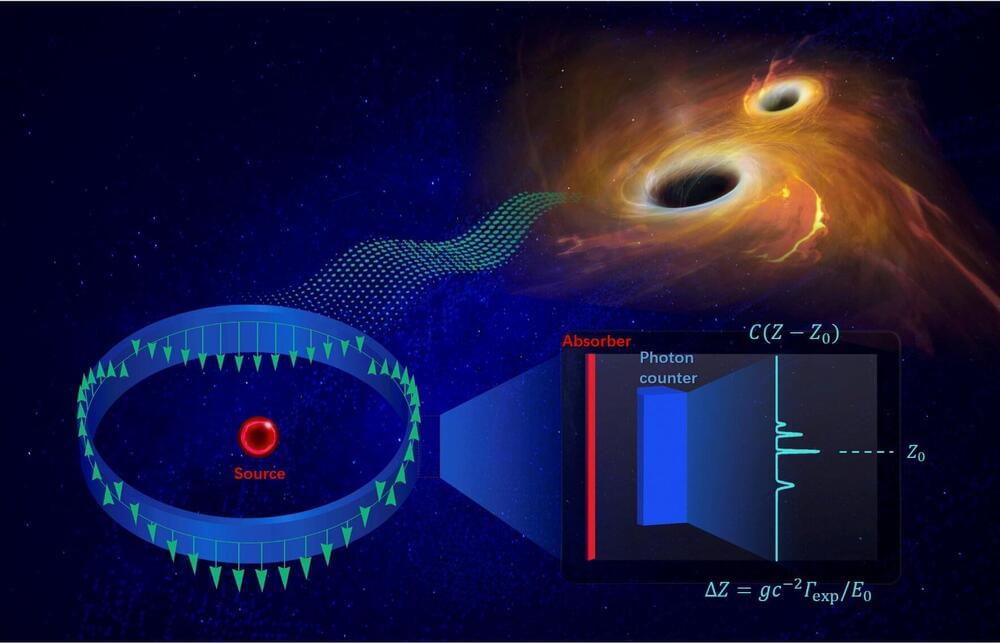
Scientists at the Institute of High Energy Physics (IHEP) of the Chinese Academy of Sciences have proposed an innovative method to realize gravitational wave detection by utilizing Mössbauer resonance. Their findings, recently published in Science Bulletin, highlight a new approach that could revolutionize the study of gravitational waves.